
The Yamaha RS Rage smooth-running engine is a consistent runner that always started easily and ran well from clutch engagement to top end. The engine is bolted to the Deltabox chassis that hosts a 15- by 136- by 1.25-inch Rip Saw track. The rear end is supported by the Pro Action CK.
The Yamaha RS Rage shines on trails with sweeping corners and long, high-speed runs. We admit that sometimes the fear still exists of suffering a burndown with a two-stroke during near wide-open throttle for extended periods. There’s no fear of a burndown with a Yamaha four-stroke.
The Deltabox chassis’ laid-back layout is comfortable to sit back and enjoy the scenery. If a person chose to be more active behind the tall windshield, the low handlebars and soft seat didn’t accommodate a driver very well.
The rear suspension transferred an appropriate amount of weight and kept enough pressure on the track for adequate traction. The 17-position clicker rear shock provided adjustability for various riders.
Longtrack sleds typically push through corners more than a sled with a 121-inch track; our Yamaha RS Rage in its stock form did, too. To help counteract that, we installed a set of Ultimate Sports Inc. SPX skis with 6-inch Stud Boy Shaper bars.
The skis had a deep, aggressive keel that provided sure-footed handling, especially with the aggressive carbides, but steering became too heavy. To reduce ski pressure, we adjusted the rear suspension to take weight off the skis and increase traction out back. Steering was still heavy, but the positive control was appreciated.
Back-to-back rides with our Yamaha RS Rage and a 600-class two-stroke sled proved that engine type affects how a machine handles. Power from the Genesis 120 four-stroke rolls on slower than two-stroke engines. But its power is broad and it pulls all the way through the range.
When aboard a Yamaha RS Rage, it works best to round off the corners and use steady throttle pressure. With a two-stroke-powered sled, corners can be squared off with a squeeze of the brake lever to kick out the rear end, then push the throttle for a quick exit from the turn.
Fit and finish was top notch, which is typical for a Yamaha. The hood and side panels fit well and the seat/gas tank junction was clean. Hoses, cables and lines under the hood were neatly secured. None of the sled’s hardware suffered corrosion during the season, which can’t be said about all other manufacturers’ machines.
The Genesis 120 engine was quiet, but the clutch that was bolted to the crankshaft wasn’t. A rattle noise at idle came from the buttons in the primary clutch towers All 2006 models are fitted with O-rings to dampen the noise.
Yamaha touted the RS Rage as a versatile sled for all trail conditions. Our Yamaha RS Rage proved that it was a good, all-around sled that rode comfortably. ran consistent and was preferred when trails were smooth.

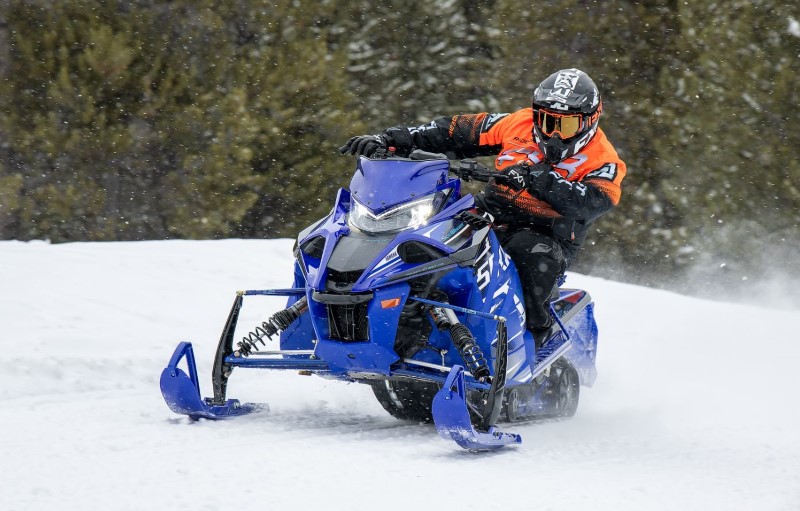
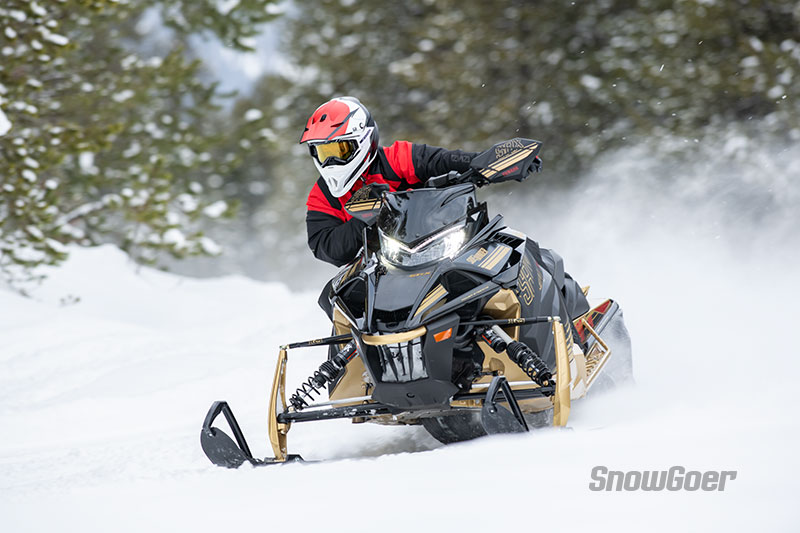
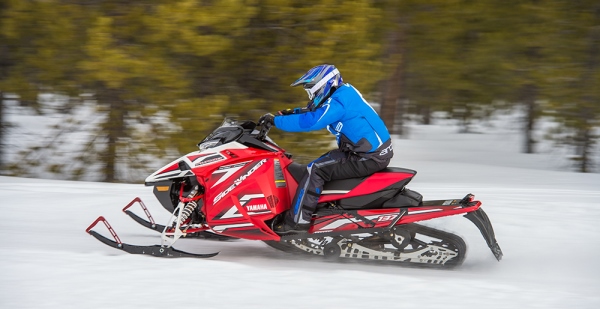
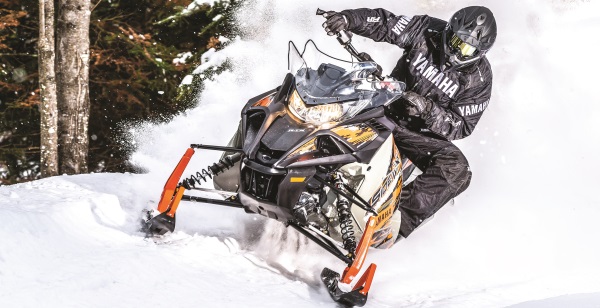
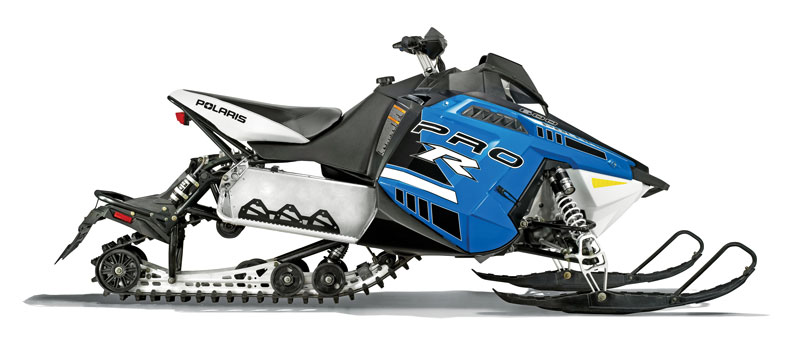
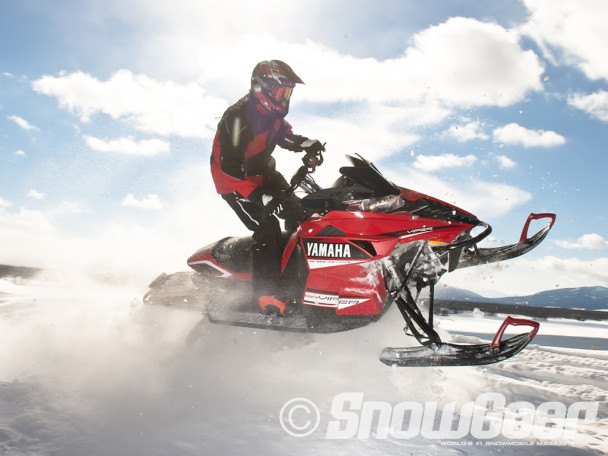
Just bought a 2005 Yamaha rage and all the info is on point snd good to know. Plan on adjusting the rear suspension to take weight off the front and put it on the rear of the sled.